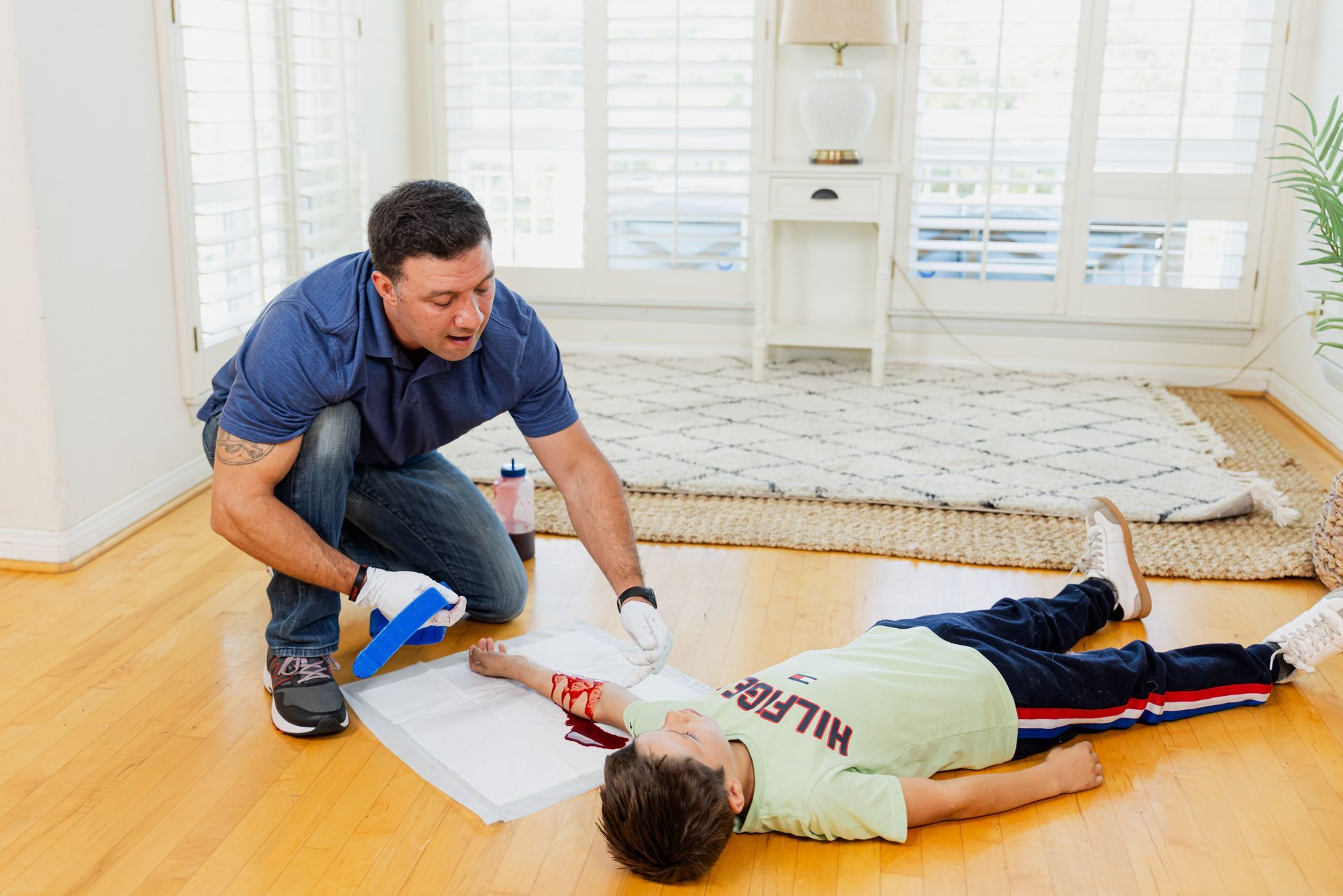Knowledge and Tools: The Keys to Saving Lives in Emergencies
Emergencies are unpredictable. Whether it’s a car accident, a sudden cardiac arrest, or a severe injury at home, being prepared can mean the difference between life and death. While having the right tools—like a trauma kit or an Automated External Defibrillator (AED)—is essential, knowledge is what turns those tools into lifesaving resources.
Here’s why being equipped with both the right tools and the know-how to use them is crucial in emergency situations.
1. Tools Are Only as Effective as the Person Using Them
A trauma kit is a powerful resource for stopping severe bleeding, and an AED can restart a heart in cardiac arrest. But without training, these tools might sit unused or be applied incorrectly. Knowing how to use a tourniquet or perform CPR ensures that these life-saving tools fulfill their purpose.
Training bridges the gap between having tools and using them effectively. A few hours of hands-on instruction can prepare you to confidently respond when seconds count.
2. Time is Critical in Emergencies
In most emergency situations, professional help is minutes away—but a person can bleed to death or suffer irreversible damage in less time. Having the tools to act immediately, paired with the knowledge of how to use them, allows you to take control of the situation and stabilize the victim until help arrives.
For example:
- Properly applied CPR can double or triple a person’s chances of survival during cardiac arrest.
- A tourniquet can stop arterial bleeding, preventing fatal blood loss in just a few seconds.
3. Preparedness Reduces Panic
Emergencies are high-stress situations, but preparation can keep panic at bay. When you’ve been trained and have access to tools like a Bleeding Control Trauma Kit, you can act with confidence and focus. Knowing what to do—and having the right equipment—reduces hesitation and improves outcomes.
4. Empowerment to Help Others
Emergencies often happen in public places, at work, or among friends and family. Being equipped with both knowledge and tools makes you a valuable resource to those around you. Imagine being the person who stops severe bleeding at an accident scene or performs CPR to save a loved one. Preparedness isn’t just about protecting yourself; it’s about being ready to help others when they need it most.
5. Everyone Can Learn and Make a Difference
You don’t need to be a healthcare professional to save a life. CPR training, trauma kit courses, and other emergency response programs are designed for people of all backgrounds. These skills are practical, easy to learn, and accessible to anyone willing to invest a few hours.
How to Get Started
To be truly prepared, consider these steps:
- Invest in the Right Tools: Start with essentials like a Bleeding Control Trauma Kit or an AED.
- Take a Training Course: Learn CPR, trauma kit usage, and other lifesaving skills through hands-on practice with certified instructors.
- Practice Regularly: Refresh your knowledge and skills periodically to stay sharp and ready to act.
Final Thoughts
Emergencies don’t come with warnings, but you can be ready. By equipping yourself with both the tools and the training to handle critical situations, you’re empowering yourself to save lives when it matters most. The combination of knowledge and tools isn’t just preparation—it’s the power to make a difference.
Don’t wait for an emergency to realize the importance of being prepared. Take action today and become someone who can truly make a lifesaving impact.


Be Prepared for Anything
Being prepared for anything starts with the right combination of knowledge and tools. By taking lifesaving courses and equipping yourself with emergency kits, you can confidently respond to unexpected situations and protect those around you.

